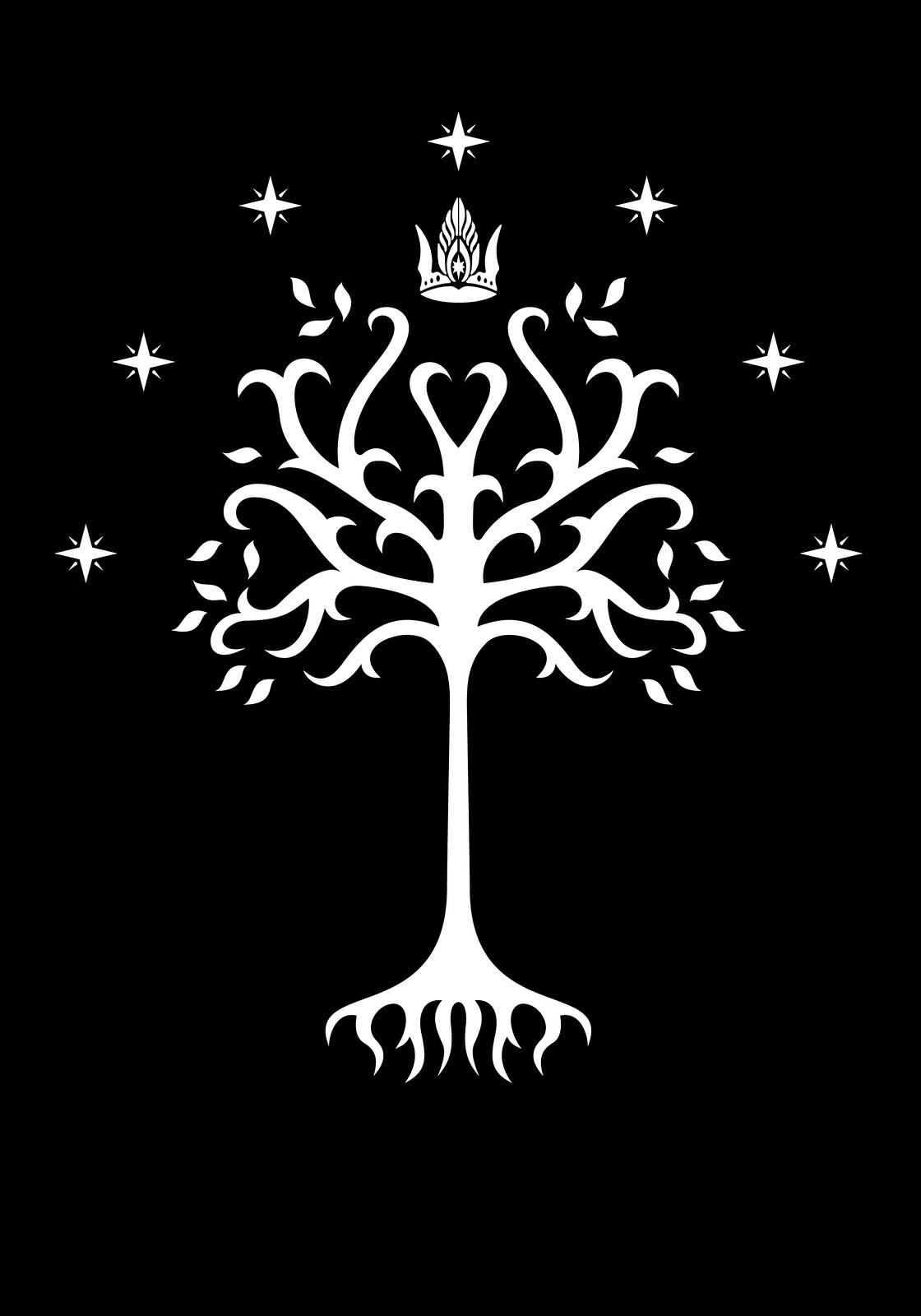| Planta Genista |
The Tree of Life sculpture was quite impressive. It was composed of 2,000 Avalanche roses on branches, fastened into little glass vials full of water. There were little genista flowers intermingled with the roses surrounding the trunk at the bottom of the sculpture, almost in a rectangular grave shape.
When I first saw the Tree, I was reminded of a feeling of coldness, with the glass vials resembling icicles. But looking more closely at it, I could see the individual roses blooming all over it, giving it an ethereal appearance, delicate and brittle yet alive.
I thought of several things looking at the Tree:
- Richard's new grave that we had come to create and celebrate
- Robert Herrick's garden blooming over Richard's original grave years after the Greyfriars Monastery was gone
- Songs and stories of beautiful flowering plants rising up out of graves as a reference to the Resurrection of Christ, life coming from death
- And, oddly enough, the White Tree of Gondor in Return of the King by J.R.R. Tolkien
Maybe that last allusion isn't totally strange and unexpected. Although it had been dead for many years, Aragorn and Gandalf find a sapling of the White Tree and plant it in the Court of the Fountain, where it grows and blooms to bring hope and courage to Middle Earth. In the movie version, the blooming is even more dramatic as the dead tree comes back to life and blooms, signaling the return of the King and peace again to the residents of Gondor.
In this case a King has also been returned to us--a real, historical man who has become legendary to the many students of history who have searched for him for so long.
I also see hope and courage in this sculptural Tree.
Every day we learn more about Richard as a man and King and find that he was not like the character out of Shakespeare but a man of courage and conviction.
Other of life's mysteries, lost in time for centuries, can be rediscovered and change how we think about our past and our present. We just need to keep digging.
Every day we learn more about Richard as a man and King and find that he was not like the character out of Shakespeare but a man of courage and conviction.
Other of life's mysteries, lost in time for centuries, can be rediscovered and change how we think about our past and our present. We just need to keep digging.



No comments:
Post a Comment